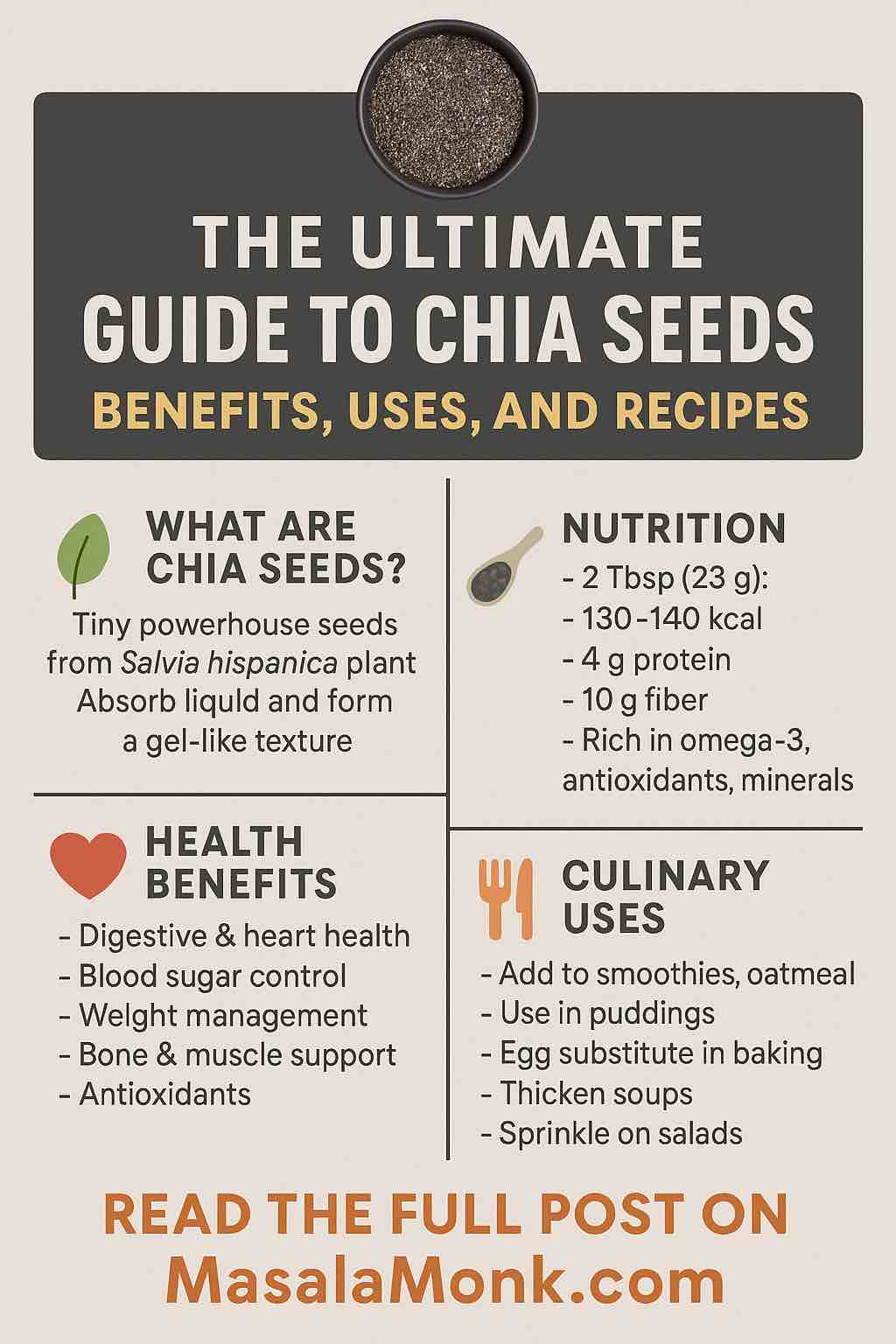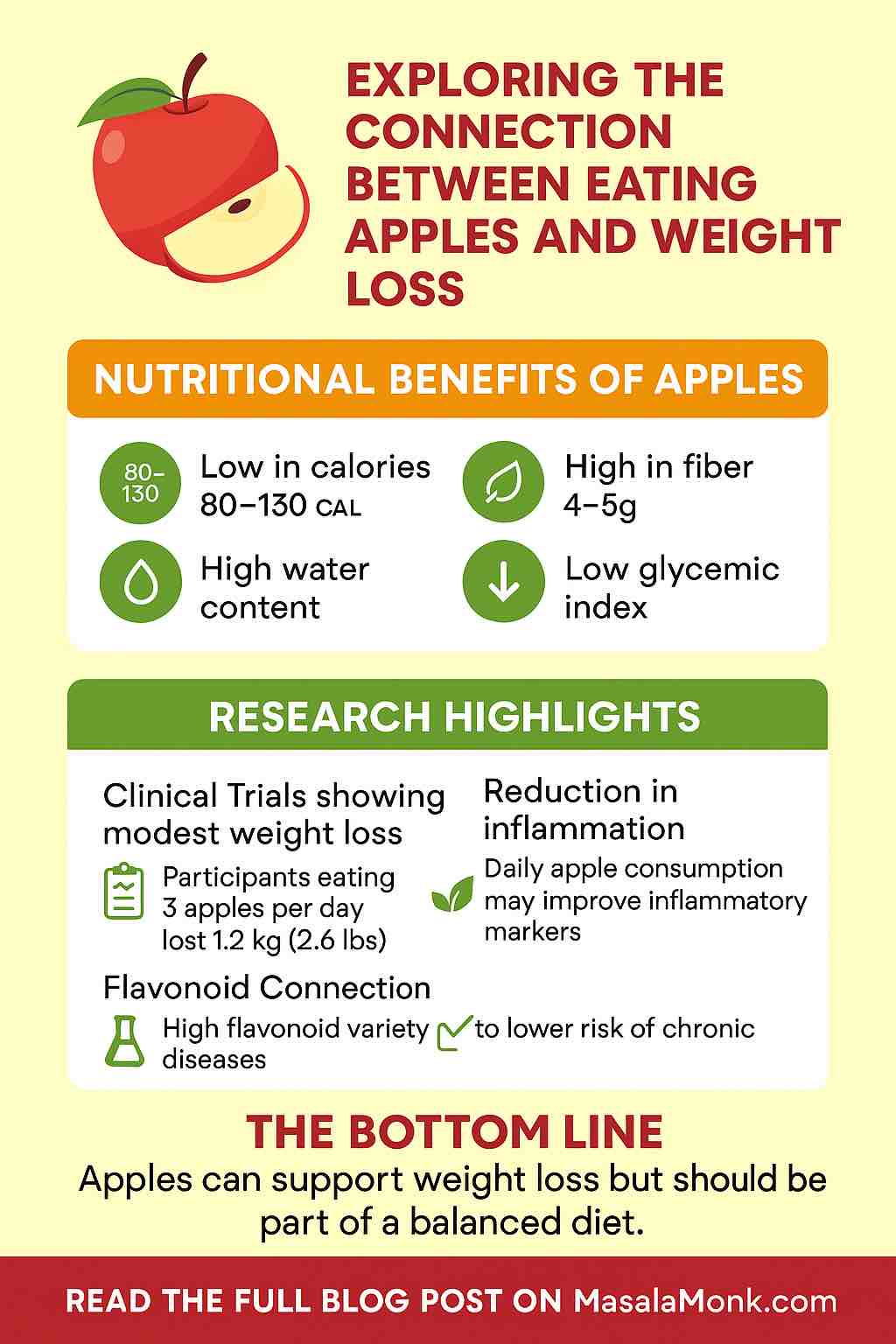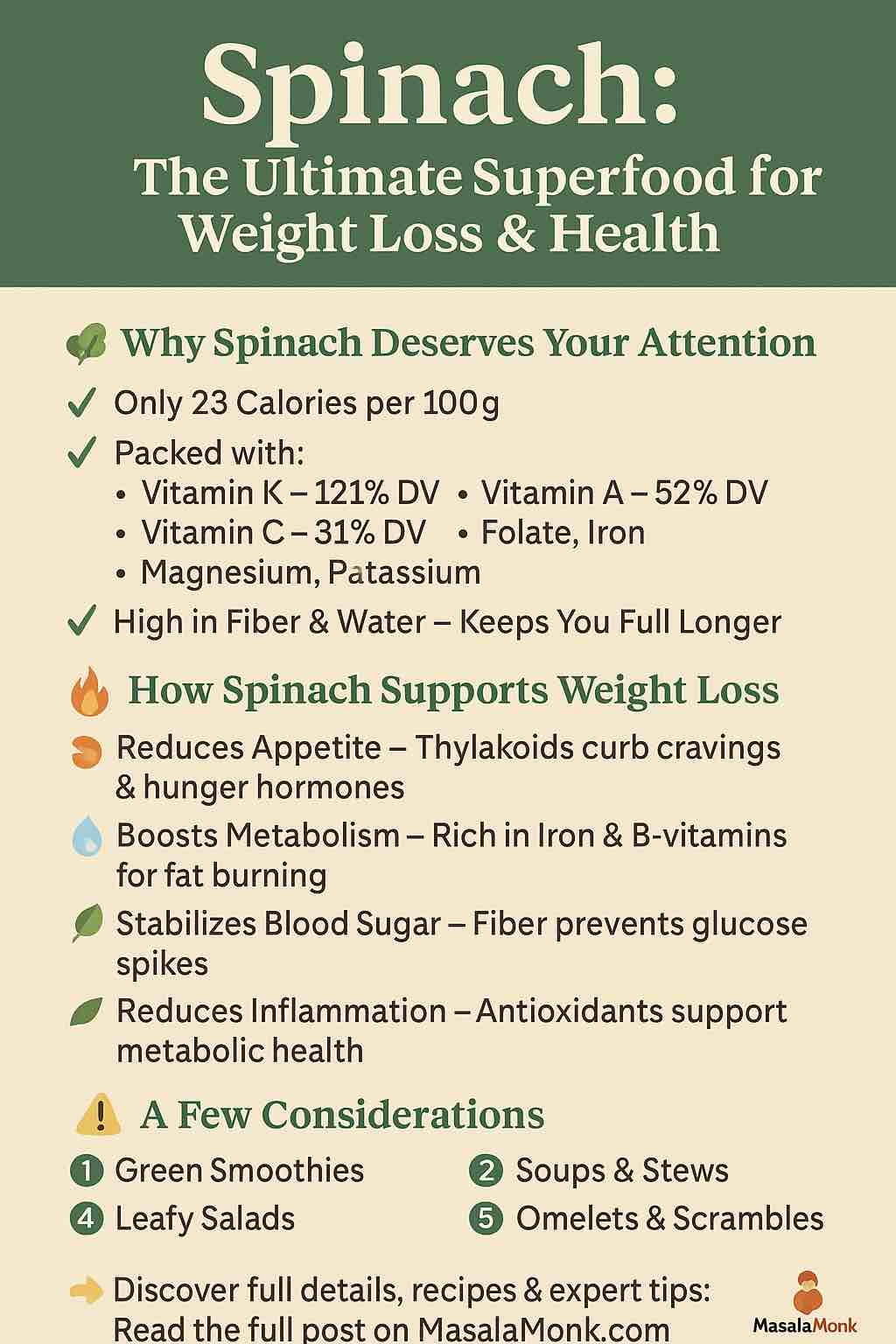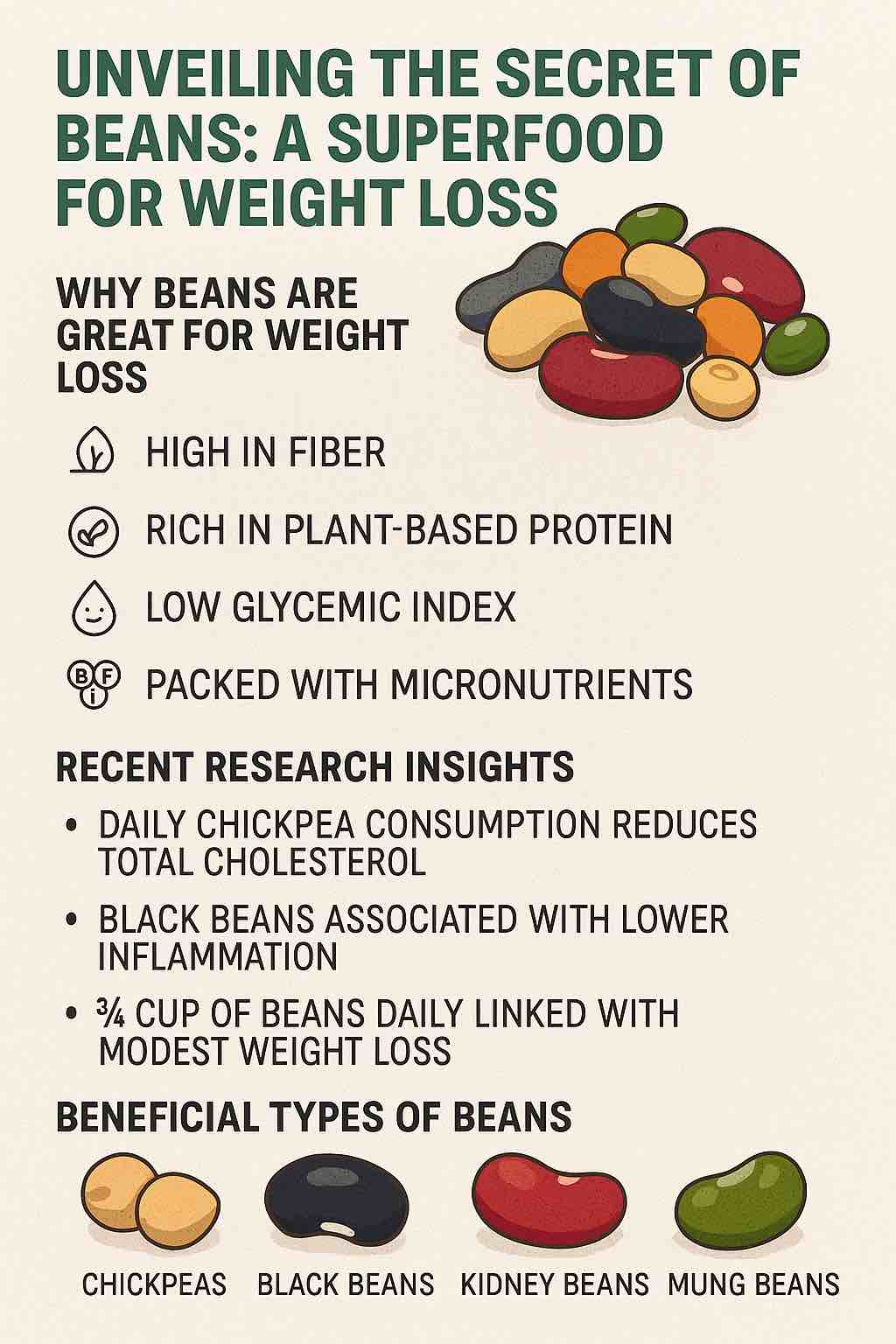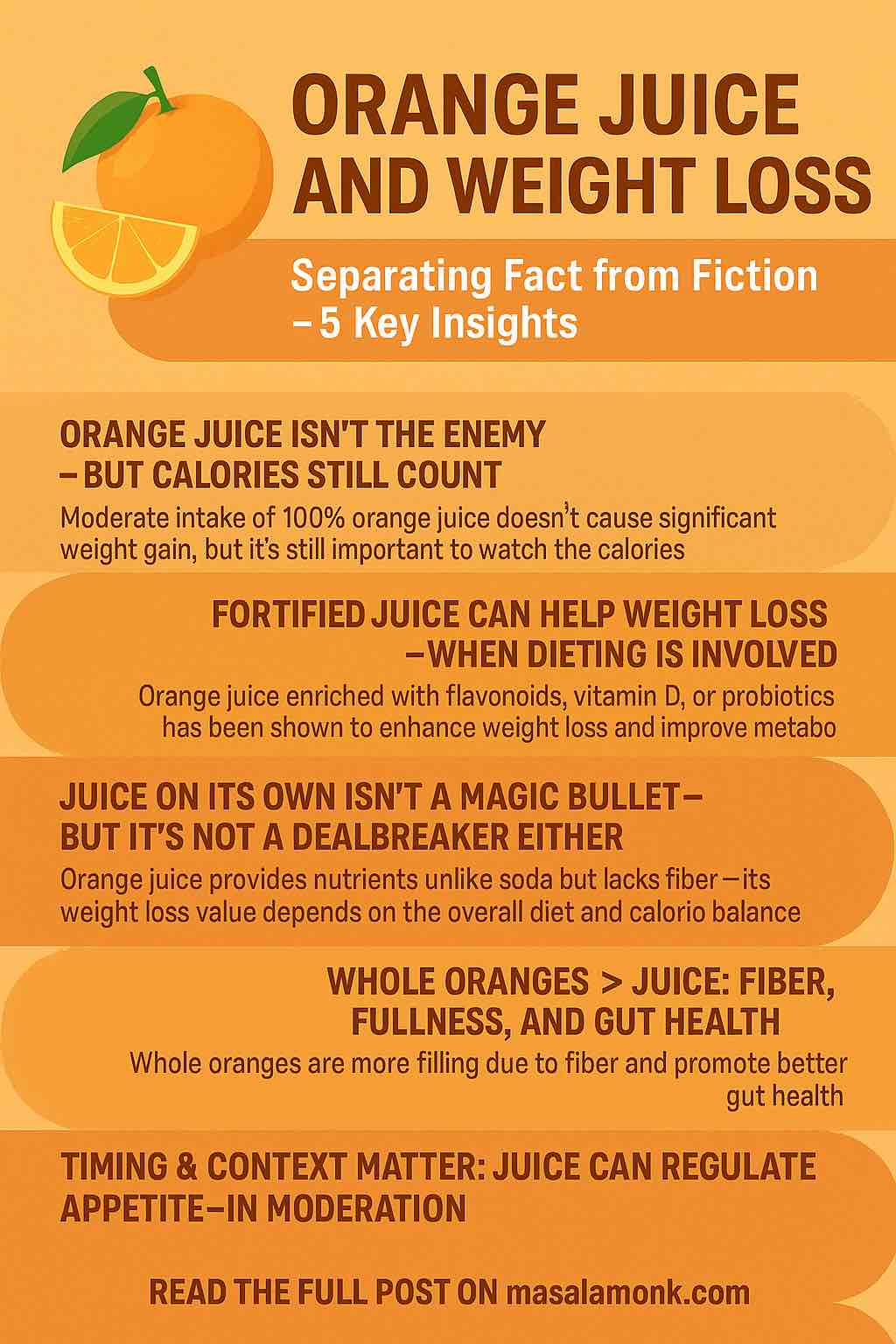
Orange juice has long held a place on breakfast tables worldwide, celebrated for its refreshing taste and burst of vitamin C. But in the ever-evolving world of nutrition, it’s also at the center of debates—especially when it comes to weight loss.
Is orange juice helping or hurting your goals? Should you swap it for water, or is there a smart way to enjoy it without sabotaging your progress?
In this blog post, we cut through the noise and bring you five evidence-based insights—backed by the latest 2024–2025 research—so you can make informed, realistic decisions about orange juice and your weight journey.
🔍 1. Orange Juice Isn’t the Enemy—But Calories Still Count
✅ What’s the truth?
Orange juice isn’t inherently fattening. In fact, 100% orange juice contains no added sugars, unlike soda or energy drinks. A standard 8 oz (240 mL) glass delivers:
- ~110 calories
- ~21 g natural sugar
- ~2 g protein
- Zero fat or fiber
But here’s the catch: calories from juice are easy to overconsume because you’re drinking them, not chewing. Your body doesn’t register liquid calories as effectively, which can lead to accidental overeating later in the day.
🔬 Latest Evidence:
A 2025 umbrella review of fruit juice consumption found that moderate intake of 100% fruit juice does not lead to significant weight gain in adults. However, it emphasized that portion size and total calorie intake remain key.
Practical Tip: Stick to 120–150 mL (4–5 oz) per serving, and count it in your daily calories—just like you would any snack or treat.
🧬 2. Fortified Juice Can Help Weight Loss—When Dieting Is Involved
🧪 Clinical Findings:
A 2025 randomized trial involving adults on calorie-restricted diets found that those who drank flavonoid-rich orange juice (200 mL/day) saw greater fat loss and improved cholesterol than the non-juice group—despite both eating the same number of calories.
In another 2024 study, participants who drank orange juice fortified with vitamin D3 and probiotics for 8 weeks lost more weight (~1.4 kg), reduced daily calorie intake by ~270 kcal, and saw better insulin sensitivity and lipid profiles.
These benefits appear tied to:
- Flavonoids (like hesperidin), which reduce inflammation
- Probiotics, which support gut health
- Vitamin D, linked to fat metabolism and mood
Practical Tip: Look for juices labeled “fortified” with vitamin D or probiotics—or add a splash of fortified juice to a fiber-rich smoothie for better metabolic support.
🥤 3. Juice on Its Own Isn’t a Magic Bullet—But It’s Not a Dealbreaker Either
Orange juice is often lumped in with sugary drinks, but that’s an oversimplification.
🍹 Compared to soda:
| Beverage | Calories (per 8 oz) | Sugar | Nutrients |
|---|---|---|---|
| Orange Juice | ~110 kcal | 21g (natural) | Vitamin C, potassium, folate |
| Cola | ~93 kcal | 26g (added) | None |
Clearly, orange juice delivers more nutritional value. But weight loss still depends on energy balance. No single food or drink determines your weight on its own.
Practical Tip: Use OJ as a nutrient boost—not a hydration source. If you’re drinking it out of thirst, switch to water or unsweetened tea.
🍊 4. Whole Oranges > Juice: Fiber, Fullness, and Gut Health
Here’s one fact most experts agree on: Eating whole oranges is better than drinking juice—especially for weight management.
Why?
- A medium orange (~60–80 kcal) provides ~3g of fiber, which slows digestion, supports your gut microbiome, and keeps you fuller longer.
- Juicing strips the fiber, leaving mostly liquid sugars—even if natural.
A 2025 microbiome study even found that 3-day juice-only cleanses altered gut flora unfavorably—reducing diversity and increasing inflammation-linked bacteria.
Practical Tip: Prioritize whole oranges. Use juice sparingly—ideally in meals rich in protein and fiber.
⏱️ 5. Timing & Context Matter: Juice Can Regulate Appetite—In Moderation
When and how you consume juice influences its impact.
In a 2024 study from Toronto Metropolitan University, participants who drank 100% orange juice mid-morning (between breakfast and lunch) consumed fewer calories at lunch than those who drank water or soda.
Why? Researchers believe the combination of natural sugars, polyphenols, and mild acidity triggered early satiety and better glucose regulation.
Practical Tip: If you enjoy juice, consider having a small glass between meals, not during. Avoid pairing it with sugary breakfast cereals or refined carbs.
🧠 Final Thoughts: Orange Juice Isn’t a Villain—But It’s Not a Free Pass Either
The narrative that orange juice is “bad for weight loss” is outdated and overly simplistic. Here’s the truth:
| Scenario | Impact |
|---|---|
| Moderate juice + balanced diet | ✅ Compatible with weight loss |
| Fortified juice + calorie restriction | ✅ Enhances results, improves markers |
| Juice-only diets / overconsumption | ❌ Disrupts gut, hinders fat loss |
| Whole fruits instead of juice | ✅ Superior for satiety and fiber intake |
🎯 Actionable Takeaways
- ✔ Choose 100% juice, not juice drinks with added sugars.
- ✔ Stick to 4–6 oz/day, and factor it into your calorie goals.
- ✔ Enjoy juice as a flavorful side, not a meal replacement.
- ✔ Combine with protein/fiber-rich meals to stabilize energy levels.
- ✔ When possible, eat whole oranges to support fullness and gut health.
💬 What Do You Think?
Have you tried cutting juice from your diet—or adding it back strategically? What worked (or didn’t) for your weight loss journey?
✅ Frequently Asked Questions (FAQs)
1. Can I drink orange juice every day while trying to lose weight?
Yes, in moderation. Stick to about 120–150 mL (4–5 oz) per day, and count it as part of your total calorie intake. Choose 100% juice without added sugars.
2. Is freshly squeezed orange juice better than store-bought?
Freshly squeezed juice may retain more enzymes and has no additives, but it’s still high in natural sugars and low in fiber—so portion control is still important. Store-bought 100% juice is fine if it’s unsweetened and pasteurized.
3. What’s better for weight loss—orange juice or eating a whole orange?
Whole oranges are better because they contain fiber, which promotes fullness and slows sugar absorption. Juice lacks this fiber and is less satiating.
4. Does orange juice spike blood sugar?
Yes, especially if consumed alone. Orange juice has a high glycemic load and can cause a quick rise in blood glucose. Pairing it with protein or fiber can help reduce this effect.
5. What’s the difference between 100% orange juice and orange drink or nectar?
100% orange juice contains only juice from oranges, with no added sugars or sweeteners. Orange drinks and nectars usually contain added sugars, flavors, and less than 100% juice.
6. Can fortified orange juice really help with weight loss?
Some studies show benefits when orange juice is fortified with vitamin D, probiotics, or flavonoids—especially when part of a calorie-controlled diet. It may improve metabolic health markers.
7. Is it okay to include orange juice in a low-carb or keto diet?
Not typically. Orange juice is high in natural sugars and carbs (~21 g per 240 mL). If you’re on strict keto (<20 g carbs/day), it’s best avoided.
8. Are juice cleanses helpful for weight loss?
Short term, you might lose water weight, but juice-only cleanses can disrupt gut health and lead to rebound weight gain. They lack fiber, protein, and essential fats.
9. Can children drink orange juice as part of a healthy diet?
Yes, in small portions (4–6 oz/day). It should not replace whole fruit or water but can be part of a balanced diet if it’s 100% juice with no added sugar.
10. How can I make orange juice more weight-loss friendly?
- Use smaller servings (half a glass)
- Add fiber (e.g., chia seeds) or blend with pulp
- Combine with protein (e.g., Greek yogurt or eggs)
- Avoid drinking it alongside sugary or refined-carb meals

